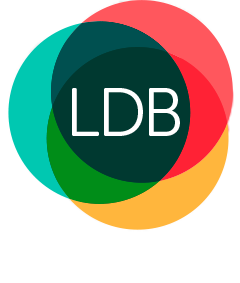SMSF property: What do I need to consider when buying a property through a self-managed super fund?
December 22, 2016

Savvy investors are using their self-managed super funds (SMSF) to buy property with some investors seeking to borrow to finance the acquisition.
However, the decision to set up an SMSF for this purpose requires careful consideration and should not be taken lightly.
Rules about property acquisition through SMSFs
According to the Superannuation Industry (Supervision) Act 1993 you can only buy property through your SMSF if the property:
- Meets the ‘sole purpose test’ of solely providing retirement benefits to fund members
- The SMSF’s Investment Strategy allows for the acquisition of property
- Is not acquired from a related party of a member (except for business real property)
- Is not lived in by a fund member or any fund members’ related parties
- Is not rented by a fund member or any fund members’ related parties (except for business real property).
Your SMSF can purchase your business premises, providing you pay rent directly to your SMSF at the market rate.
These additional rules apply if you borrow money to acquire a property:
- The SMSF’s Trust Deed allows the trustee to borrow money
- The SMSF’s Investment Strategy allows for the borrowing of money
- If the loan is from a related party, refer to the conditions outlined in the ATO’s safe harbour provisions to ensure the loan is on arm’s length terms.
How much should you have in super?
To start your own SMSF, you should have at least $200,000 (this could include one or more members) in superannuation savings – however this minimum is also dependent on the value of the property being acquired and the loan to valuation rate (LVR) required by the lender.
The cost of setting up an SMSF is usually about $2000. The cost of setting up a borrowing arrangement varies depending on the lender and the complexity of the arrangement however, it is usually about $2500 for the Custodial Trustee and Property Trust documents.
What you can borrow
Lenders will usually allow SMSFs to borrow up to 80 per cent of the property value.
Tax-deductable personal super contributions, salary sacrifice contributions and compulsory super guarantee payments can supplement rental income to cover the loan repayments.
SMSF loans are “limited recourse”, so the fund’s other assets will not be affected if the SMSF defaults on the loan.
If you do set up an SMSF, having a company as trustee, rather than an individual, is generally a requirement of the lender.
RELATED: How To Ensure Your Self-Managed Super Fund (SMSF) Remains Compliant
The benefits
SMSFs pay a maximum 15 per cent tax on the rental income and if it’s owned for longer than a year, and a one-third discount on any capital gain is applied.
If the SMSF sells the property after you begin receiving a pension, you won’t pay capital gains tax.
The cons
Managing your own SMSF takes commitment, time and a substantial investment, plus you must comply with SISA legislation.
Due to the limited recourse nature of SMSF borrowing, lenders are increasingly particular about approving loan applications. It is vital that all i’s are dotted and t’s are crossed, even before a property contract is signed.
You should carefully consider how it might affect your cash flow, particularly if you’re a low-income earner.
Seek professional advice
Before deciding whether to purchase property through an SMSF, it’s worth speaking to professional advisers.
But don’t let the cost or complexity put you off – just get good advice.
LDB’s SMSF experts can answer all your questions and help get the ball rolling, should you decide to proceed.
To find out more, phone (03) 9875 2900 or send us details via the contact form below.
